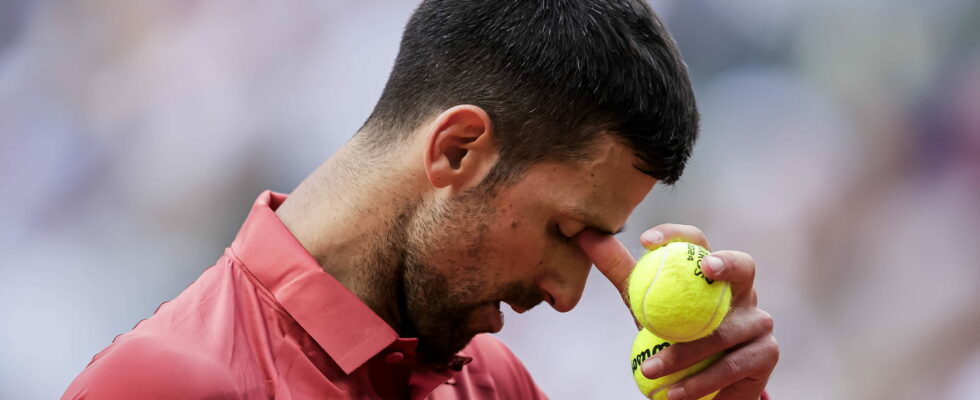All sporting activity must be suspended for one to two months when such an injury is confirmed.
Tennis player Novak Djokovic has withdrawn from the 2024 Roland-Garros tournament because of a “medial meniscus injury in his right knee”. The menisci (internal (medial) and external) have the role of stabilizing the joint. Meniscal injuries can be of traumatic origin, occurring more often in young people or athletes. “The practice of tennisfootball and skiing are the sports most at risk.” explains Dr. Marc Pérez, sports, physical medicine and rehabilitation doctor at the Hôtel Dieu hospital in Paris. They can also be linked to wear and cause degeneration. The internal meniscus is the most affected of the two.
Symptoms: violent stabbing pain
The symptoms of a meniscus injury vary from person to person depending on the age, intensity, cause and type of the meniscal injury. However, the first common to all is pain. It is violent, stabbing, and greatly disrupts daily life. “She appears on the side of the knee or at the level of the popliteal fossa located at the back of the joint, and can extend to the level of the thigh, explains Dr. Pérez. It is aggravated when climbing stairs, squatting and palpating the knee.” Meniscal injuries can cause episodes edema (swellings due to effusion of synovial fluid in the joint). They are also at the origin ofknee hanging prints, cracking sounds accompanied by a feeling of instability, making walking difficult. Finally, the knee can suddenly lock: it becomes impossible for the patient to completely extend his leg. This symptom, also called “flexum”, is characteristic of a bucket-handle meniscal lesion. It is linked to the displacement of a fragment of meniscus which has detached while remaining attached only at its ends. From then on, this small piece can move and block the knee making it impossible to extend the leg.
A knee X-ray and MRI confirm the diagnosis
“The doctor will confirm his diagnosis in the presence of suggestive symptoms and stress on the joint”, says our expert. However, when there is an associated knee pathology such as osteoarthritis or sprain, it is not always easy to distinguish the symptoms specific to the meniscal lesion. A knee x-ray and an MRI will help refine the diagnosis.
“All sporting activity must be suspended for one to two months”
“The treatment then relies on taking anti-inflammatories and analgesics to soothe the pain and immobilization with a knee bracesays Dr. Pérez. All sporting activity must be suspended for one to two months.” Rehabilitation sessions with a physiotherapist will also be prescribed. “If the pain persists beyond 6 months and in the event of a recurrence, an arthroscopic knee operation, (a camera that allows you to view the inside of the joint)will be considered.”
Meniscus injuries can be due to occupational illnesses requiring effort or carrying loads, generally performed in a squatting position. It is then possible to request recognition of the problem as an occupational disease.
Thanks to Dr. Marc Pérez, sports, physical medicine and rehabilitation doctor at the Hôtel Dieu hospital in Paris.
